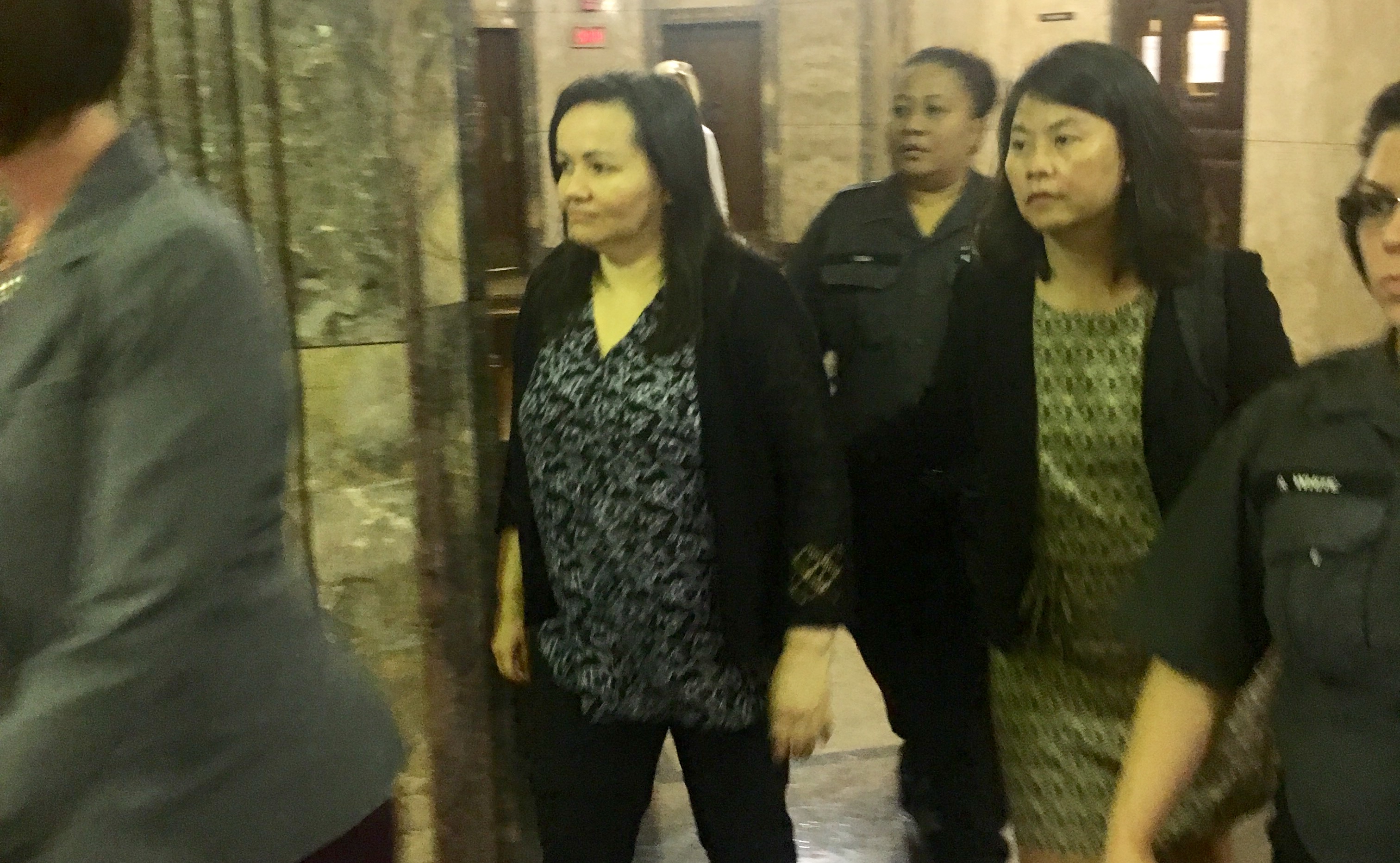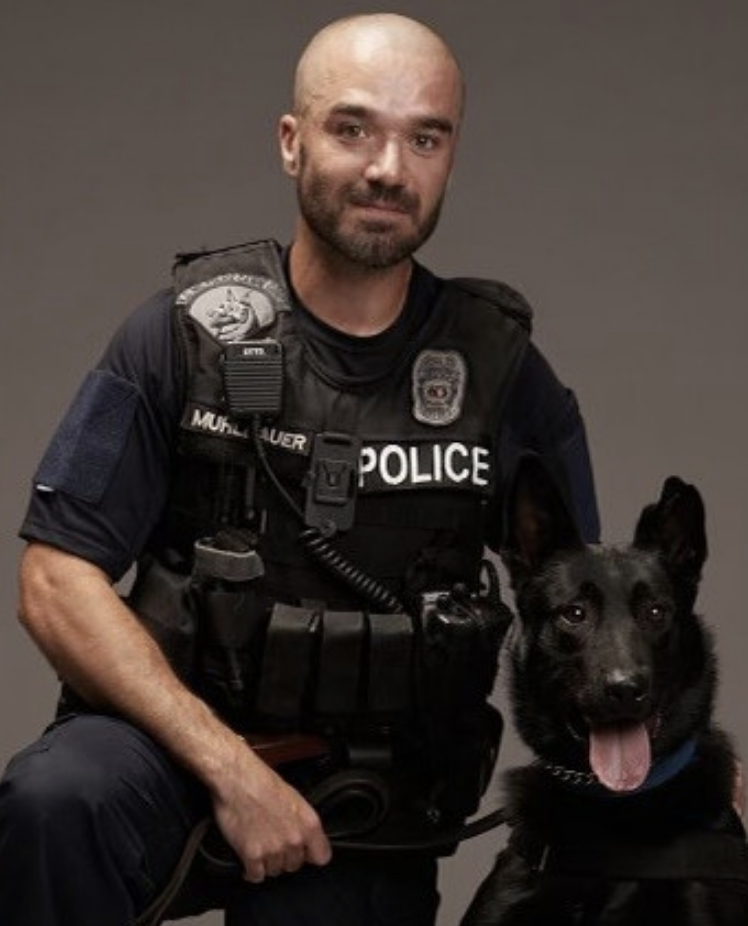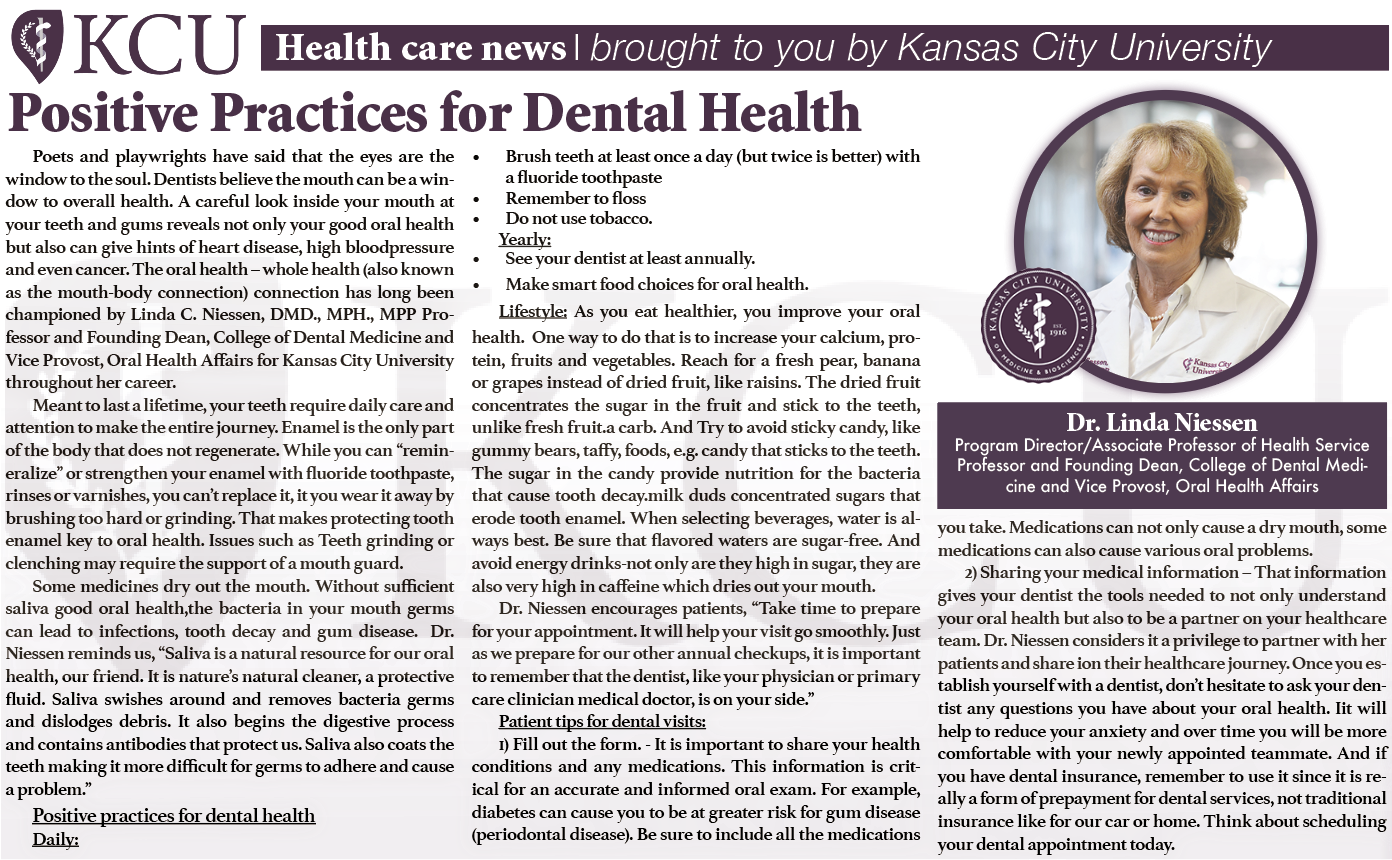
By Paul Thompson
Northeast News
Editor’s note: for a full understanding of the week-long trial of Thu Hong Nguyen, we strongly urge you to first read our daily courtroom dispatches from Tuesday, July 17; Wednesday, July 18; and Thursday, July 19.
The fate of Thu Hong Nguyen now lies in the hands of Division 9, Circuit 16 Jackson County Judge Joel P. Fahnestock.
The testimony has been presented, closing arguments have been delivered and a verdict in the bench trial of Nguyen is set to be delivered at 8:30 a.m. on the morning of Monday, July 23. Nguyen stands accused of seven counts of murder, arson and assault in relation to an October 12, 2015 fire that prosecutors say originated in her Independence Avenue nail salon. The blaze led to a structure collapse that killed KCFD firefighters John Mesh and Larry Leggio, injured firefighters Chris Anderson and Dan Werner, and endangered the residents living in two floors of apartments above Nguyen’s ground-level business.
After a week of testimony, the prosecution’s closing argument was delivered by assistant prosecuting attorney Dan Portnoy. Portnoy began by reiterating the prosecution’s timeline, which starts with Thu Hong Nguyen lighting a fire in the northeast storage closet and leaving LN Nails & Spa at 7:12 p.m. on October 12, 2015. Five minutes later, at 7:17 p.m., the flames cut power to the 16 apartments on the second and third floors of the building. By 7:25 p.m., the Open sign at the front of LN Nails & Spa went out, and by 7:26 p.m. smoke became visible, prompting the first 9-1-1 call. The Kansas City Fire Department (KCFD) responded to the scene by 7:29 p.m. At 8:06 p.m., the east wall of the three-story building at 2608 Independence Avenue collapses, burying the four firefighters in rubble.
“This goes from being a relatively minor arson for profit to a murder,” said Portnoy. “For firefighters Leggio and Mesh, this was their last call.”
Portnoy argued that the fire was too intense by the time the fire department arrived for it to be accidental. Without an accelerant, he added, the fire would not have grown out of control with such haste. Portnoy recalled testimony from firefighters that suggested they were shocked when they arrived at the scene to see how well-developed the fire already was. One firefighter told prosecutors that it was the hottest fire he’d ever felt in 25 years of duty, and that he felt as if he was being baked from below while standing in the apartment located directly above the nail salon. Portnoy described how the heat was so immense, the floor was burning their knees and their testicles through their turnout gear.
Portnoy then turned his attention to a key argument from the defense, which goes something like this: if the nail salon had indeed been the area of origin for the deadly fire, then why did the Open sign at the front of the business shut off at 7:25 p.m., while smart electricity meters show that the power to the second and third floor apartments had shut off by 7:17 p.m.?
Initially, the prosecution had argued that a sheet rock wall that protected the panel box along the north wall of the nail salon served as a temporary shield from the flames. But that argument evolved during rebuttal on Friday, July 20, after defense witness Scott S. Cramer, a forensic engineer, delivered an opinion that the wiring which fed the Open sign would likely have connected to the panel box through wiring strung from the ceiling. If that was the case, Cramer suggested, then the Open sign wiring would surely have been impinged along with the wiring connected to the second and third floor power supply. The implication from Cramer’s testimony, if accurate, was that a flaw existed in the prosecution’s area of origin; a potential bombshell on the final day of testimony.
Defense attorney Molly Hastings also questioned the area of origin identified by Alcohol, Tobacco, Firearms and Explosives (ATF) special agent Ryan Zornes – the basis of the prosecution’s case – on the morning of July 20.
“If Mr. Zornes’s place of origin is correct, then the fire went through the ceiling, causing the power to be cut to the apartments but dodging the panel box that serves the nail salon,” Hastings said to Cramer, who was testifying under oath.
“I don’t really understand how you can have a fire that’s in this room…how it wouldn’t have effected the circuit for the lighted sign,” Cramer replied.
A forensic engineer was now on the record providing testimony which undercuts that of the prosecution’s own expert witness, former ATF engineer Michael Keller. So Keller was brought back to the stand for a rebuttal, where he was presented with a pre-fire close-up photograph of the Open sign, along with post-fire images of ground-level electrical outlets that powered the salon chairs.
“We identified receptacles in the west wall close to floor level that powered the salon seats,” Keller said.
Back to Portnoy’s closing argument: the west wall receptacle (or outlet), in Portnoy’s eyes, represented a potential alternate explanation for how the oOpen sign could remain on until 7:25 p.m. What if it wasn’t connected through the ceiling; it was plugged into an outlet that connected to the protected panel box?
“The defendant turned off the lighting circuits before she walked out of the door. That Open sign is plugged into an outlet,” Portnoy said. “If that Open sign was plugged into a lighting circuit, it would have gone off when the defendant flipped off the lights. It didn’t.”
The arson for profit claim is also at the center of the prosecution’s case, because it establishes a financial motive for Nguyen to have intentionally lit the fire. Though Nguyen wasn’t the signatory on the vast majority of her previous nail salons – which, according to previous testimony, all succumbed to catastrophic events – the prosecution argued that she benefitted from the $267,000 in insurance payouts nevertheless. After all, Portnoy argued, it didn’t make sense that Nguyen wouldn’t benefit, especially when the signatory was her teenage son, as was the case in at least one catastrophic event.
“The financial motive for these fires is clear,” Portnoy argued. “She survives in part from insurance proceeds.”
In the case of LN Nails & Spa, Portnoy argued that the allure of another insurance payout was the motive.
“There’s a $40,000 insurance policy, and this is the result,” he said.
Hastings presented the closing argument on behalf of the defense, maintaining that there remains reasonable doubt as to the origin of the deadly fire. If the fire originated in the nail salon, she argued, why did none of the more than 100 fire personnel at the scene see the flames through the glass windows that fronted the business?
“In simplicity, there is truth,” Hastings said. “If the origin is wrong, the causation is wrong. If the causation is wrong, they cannot prove a crime.”
She added that firefighters went into businesses located on either side of the nail salon, while also entering the above apartments. Not one firefighter, she argued, actually entered the nail salon during the blaze.
“If they didn’t go in there, it’s because they didn’t see the fire,” Hastings said.
“What is more likely and what is more logical? That every person on scene just missed it? Or that maybe Ryan Zornes is wrong,” Hastings added. “I know no one will ever say it, but I’m going to say it; maybe he was wrong.”
Hastings also questioned the reliability of the prosecution witness Misty Levron, who testified that Nguyen admitted to the crime while the pair were locked together in a Kansas City jail cell. She referred to Levron as a wannabe detective whose involvement in this case is as an opportunist. Hastings harkened back to the final moments of Levron’s testimony, when she failed to recall when she had even arrived in Kansas City to testify.
“She doesn’t even know when she got to town,” Hastings said.
As for Nguyen’s alleged financial incentive, Hastings correctly noted that Nguyen only personally received one insurance payment, back when her first nail salon caught fire in July of 2008. Hastings also argued that the profits from the insurance payouts are inflated by the prosecution because they are not offset by the purchase prices of the businesses.
In closing, Hastings intimated that Nguyen is something of a scape goat; an easy target that a highly motivated group of investigators latched onto in a noble but misguided attempt to secure justice for the families of the firefighters lost in that October 12, 2015 fire.
“What we have is a highly motivated group of people who want her convicted,” Hastings said. “You can feel it. You can feel it. They want to hold her responsible for the death and injuries of these men, but they do not have it.”
In her final rebuttal, assistant prosecuting attorney Theresa Crayon wasn’t buying the defense, raising her voice as she defended the countless hours devoted to the investigation of the deadly Independence Avenue fire.
“There is nothing, judge, not one single thing, about this case that has been thrown together,” Crayon said. “The fact that there’s a lot of people working on this should give you confidence that this is right.”
While the closing arguments highlighted the day’s proceedings, there was also testimony provided on the morning of Friday, July 20. Before the State of Missouri rested its case, prosecutors read testimony from Hung Nguyen, the defendant’s brother.
Hung Nguyen told the prosecution that he saw smoke in the building that housed his sister’s nail salon, LN Nails & Spa, on the evening of October 12, 2015. He estimated that less than 10 minutes after he witnessed the smoke rising from the back of the building, the fire department arrived to combat the flames.
In addition, Hung Nguyen told prosecutors about a conversation he’d had with his sister a few years prior to the fire at LN Nails & Spa. The defendant had asked her brother to put a nail salon in his name, but he declined because his sister indicated that the maneuver would provide him no financial benefit.
The testimony stands out when compared to financial testimony provided the day prior – Thursday, July 19 – which suggested that Thu Hong Nguyen had established a pattern of opening nail salons in other people’s names. Inevitably, the fates of those nail salons were catastrophic events that led to permanent closure, followed by an insurance payout that exceeded the original purchase price of the business.
The defense also brought in the aforementioned Cramer (the forensic engineer) and private fire investigator Kent Harris for testimony. Neither witness actually went to the scene of the fire, but Harris did have access to the origin and cause report authored by special agent Ryan Zornes.
With Harris, Hastings ran through an alternate timeline of events derived from statements included within the origin and cause report.
7 p.m. – Apartment residents, the Bui’s, made approximate estimate of fire first being reported
About 7 p.m. – Apartment resident Blasche reports that power is lost. Hears screaming, goes out into the hallway, and is immediately overcome with smoke.
7:10: Nail salon employee Long Pham left the nail salon
7:12: Nguyen turned out the lights and departed with Mr. Pham
7:17: (prosecution expert witness) Mr. Keller suggests that the building was starting to fail
7:25 – Signage for the salon went out.
7:29 – Firefighter Steven Davis says there is no smoke or fire coming from the south side of the business
7:30 – KCFD’s Chief Gary Wait “..asked what the fire conditions were and Pumper 10 indicated they could not find any fire…
7:44 – Medic 9 arrived on scene (Avi Elpern): “Elpern did recall intact glass on the first floor business fronts and specifically the nail salon windows.”
8:05 – Medic 40 – Donald Phillips – arrived. “…He could see flames on the ceiling of the first floor of the building.
Harris seized on the quote from the Medic 9, Avi Elpern, that the glass in front of the nail salon remained intact at 7:44 p.m. on the night of the fire. Harris argued that if the glass hadn’t bulged or blown out by that point, then there was nothing significant going on in the salon.
“Heat is going to build on the inside there,” Harris said. “As the heat builds, it builds pressure and starts to bulge the glass.”
During cross examination, however, Portnoy questioned Harris about his credentials and his findings, which the prosecution argued were largely unsupported by evidence. In particular, Portnoy called out Harris for his unsubstantiated alternate hypotheses for how the fire could have originated.
In Harris’s six-page report, Portnoy noted, the private investigator listed four hypotheses without any evidence to back them up: 1) that the fire could have been initiated by electrical failure; 2) that the fire could have been initiated by spontaneous combustion; 3) that the fire could have been initiated by vagrants; and 4) that the fire could have been the result of electrical tools being left in the on position and overheating.
During his closing arguments, Portnoy succinctly relayed his impression of the two witnesses put forward by the defense.
“Their experts, your honor, are simply not credible,” he said.
A verdict in this case is scheduled to be delivered at 8:30 a.m. on Monday, July 23.


















